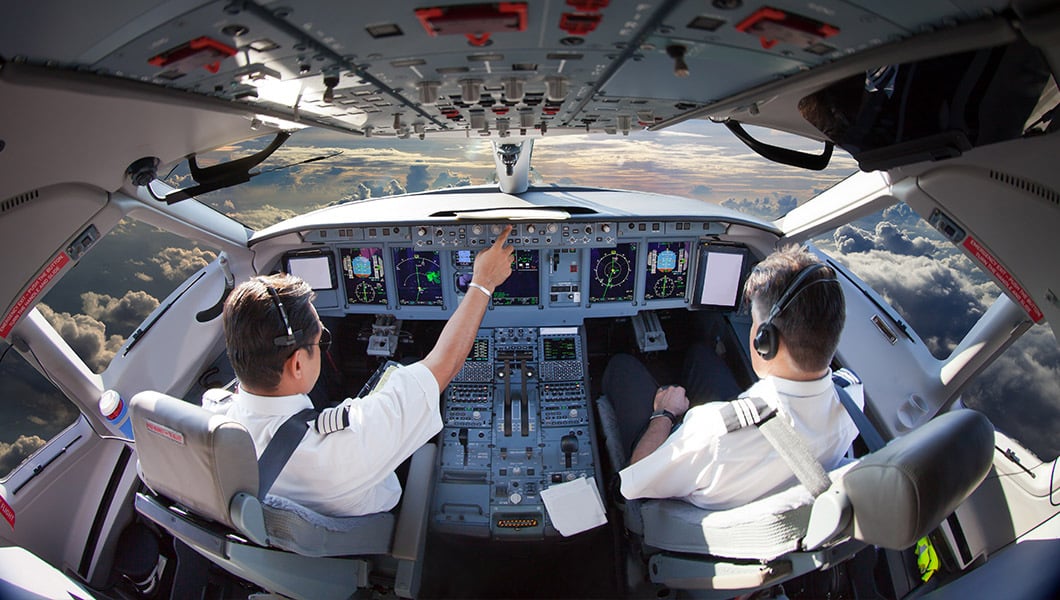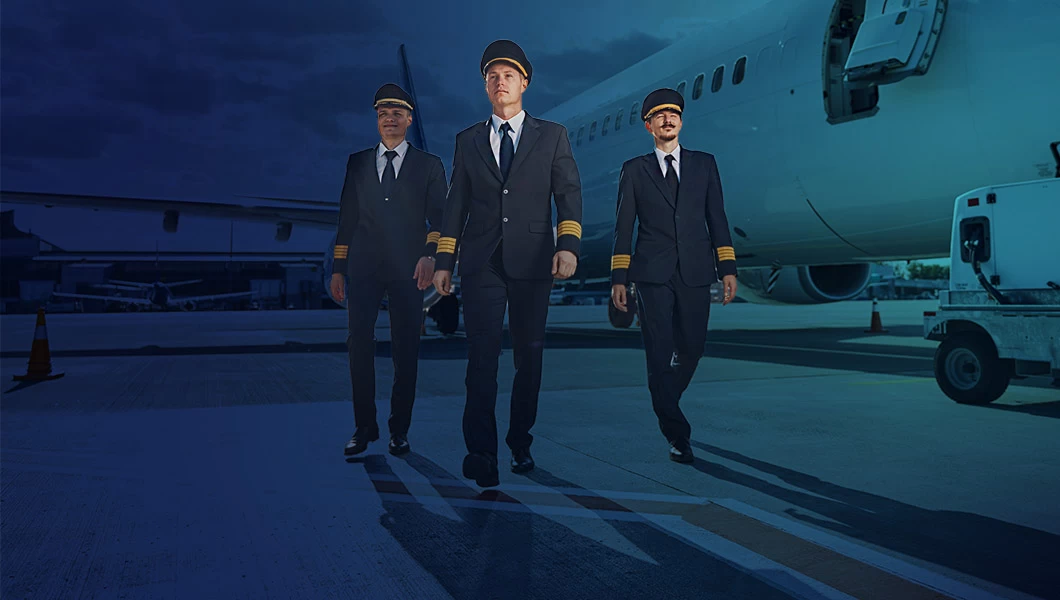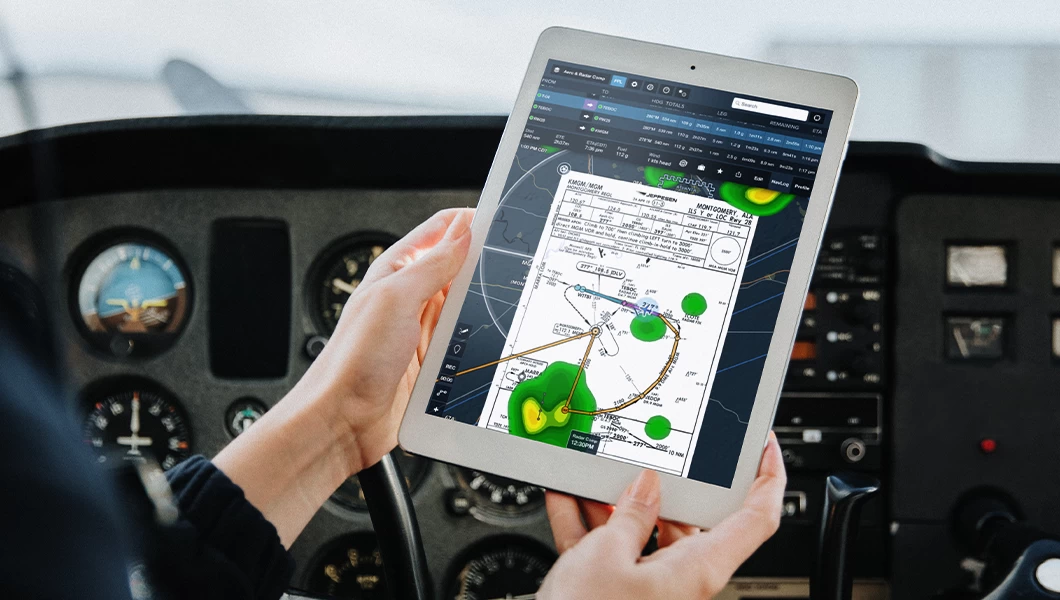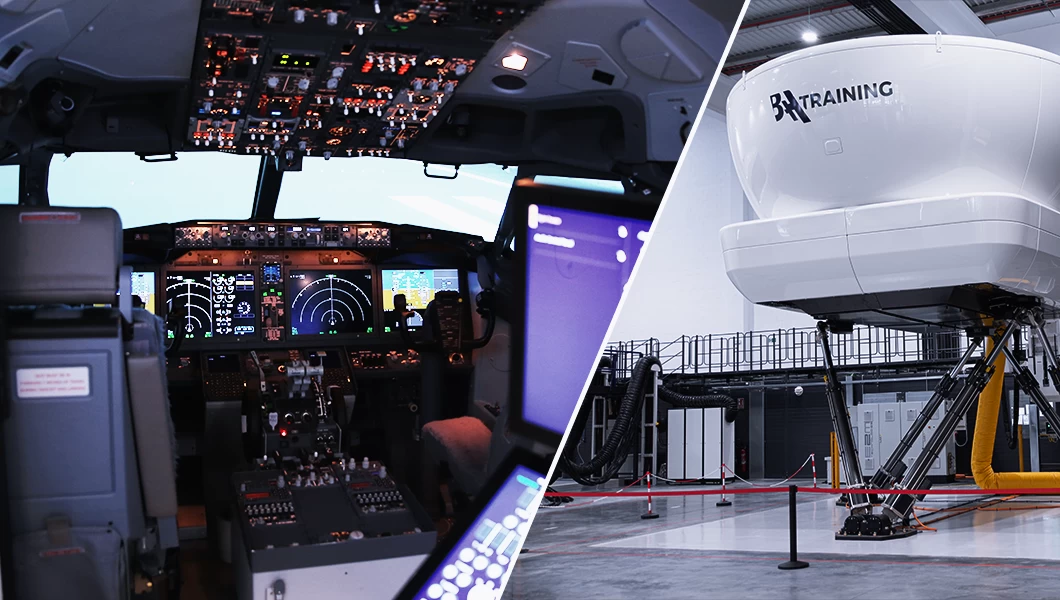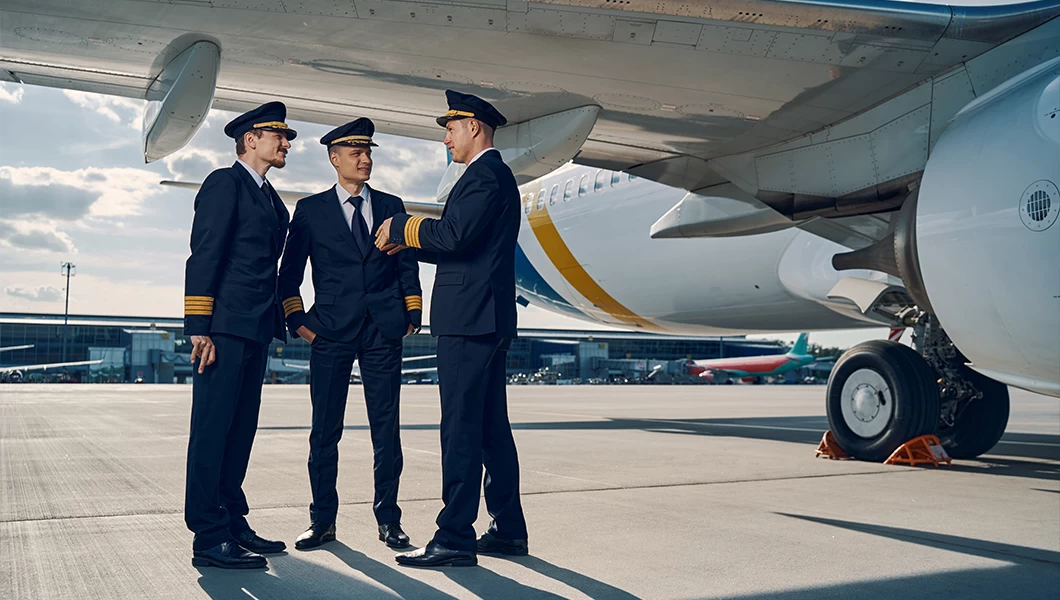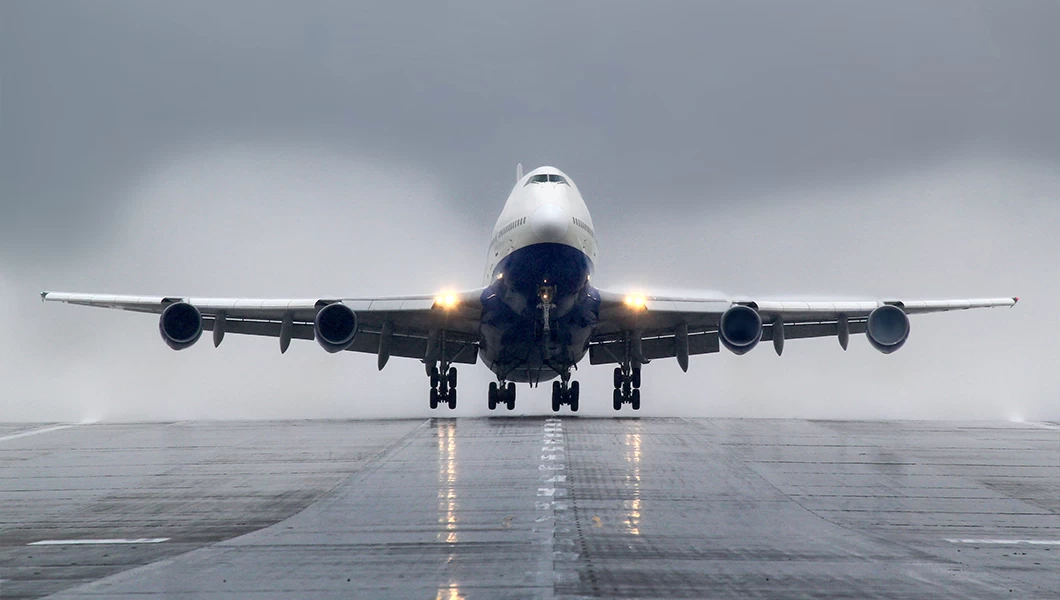EASA Work Hour Regulations
First and foremost, beyond the personal will of pilots and their companies’ policies, there are regulations that place great importance on pilot fatigue management and maintaining high safety standards. To ensure this, regulatory bodies such as the European Aviation Safety Agency (EASA) have established guidelines for pilots’ work hours.
According to EASA regulations, pilots involved in multi-pilot commercial operations are limited to a maximum of 10 hours of actual flight time per day, which can be extended to 12 hours under specific conditions, such as the time zones crossed, the number of single flights from one airport to another and operational requirements. The allowed number of flight time per month is 100 hours which is also strictly regulated.
However, don’t forget that apart from actually flying, pilots participate in briefings, perform walkarounds, set up the aircraft, perform post flight duties and handle various other tasks. All these non-flight activities, combined with their flight duties, make up a flight duty period (FDP). According to European Flight Time Limitations (FTL), the maximum limits for duty periods are 13 hours per day and 190 hours per month.
The Federal Aviation Administration (FAA) has similar work hour limitations to EASA with slight differences.
Commander’s Discretion
While the FDP is always planned, allowing pilots to take control of their time management and flight planning, in unforeseen operational circumstances, such as an unexpected delay, airline transport pilots (Captains) are permitted to extend the FDP by up to 2 hours at the Commander’s Discretion (‘CD’) or even 3 hours if in-flight rest facilities are provided.
Rest Periods Between Duty Periods
EASA regulations also outline requirements for rest periods between duty periods to mitigate fatigue that can affect a pilot’s performance and enhance in-flight safety.
Pilots have a legal right to have a minimum of 10-11 hours of rest between two consecutive flight duty periods.
Some airlines introduce their own policies about the minimum number of hours for rest between duty periods as they may consider it sensible to allow their pilots more time to recover.

So, how many hours do pilots actually work?
Although the regulations have specific minimum and maximum numbers, it is difficult to determine the actual number of hours pilots work. A commercial pilot might have a varying workweek depending on the arrangement of their rest periods and days off.
For instance, in one week, a short-haul pilot may have a workload of 5-6 days with multiple flights per day, followed by another week where they only work 1-2 days doing a few flights. But generally speaking, short-haul pilots work approximately 70-90 flight hours per month on average.
A commercial pilot operating a long haul flight or a mid haul flight may be on a more extended duty period due to the duration of this journey (doing international flights, for example), which consequently requires a more extended rest period afterwards. Long-haul pilots usually work more flying hours monthly than short-haul pilots, approximately 80-100 hours.
Similar ARTICLES
Different types of rosters
The work hours are usually documented in pilot rosters. Notably, there are airlines that have fixed roster patterns, while others have flexible roster patterns.
Fixed rosters
The fixed roster pattern provides stability and predictability for pilots as they know their flight assignments and days off well in advance. The fixed schedule lets them plan their personal lives, make arrangements, and ensure work-life balance.
Some airlines with fixed rosters include Emirates, British Airways, and Lufthansa.
Flexible rosters
On the other hand, under a flexible roster pattern, pilots may have the opportunity to express their preferred flight assignments, days off, or other scheduling preferences within certain constraints. The airline’s scheduling system then assigns schedules based on these preferences, considering operational requirements, crew availability, etc. This allows airline pilots to have more control over their schedules and accommodate their personal needs or preferences better.
Your PILOT CAREER
starts with a first click
To give some examples, airlines like Ryanair, easyJet, Air France, and others follow a flexible roster system.
Some pilots may value the stability and routine of a fixed roster, while others may prioritize the flexibility and autonomy offered by a flexible roster. And what would you choose if you were free to?
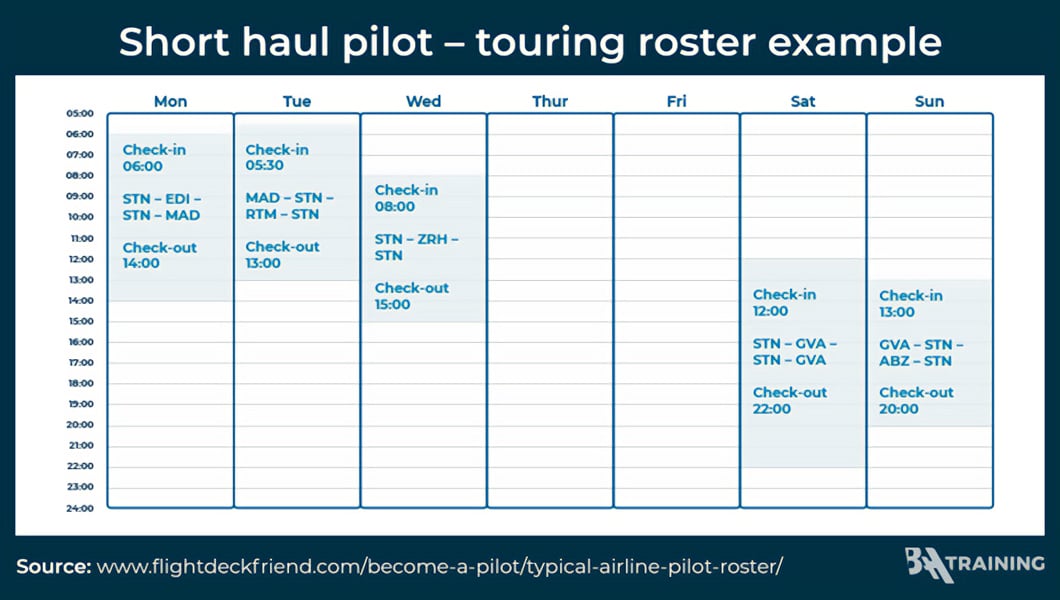
How much free time do pilots have?
Although pilots fly not only for money but also for pleasure, they are not robots, and vacation time is definitely needed. The amount of free time depends on their actual schedule at a precise moment in time, their experience and seniority.
According to labor statistics, newer commercial pilots usually get at least 12 days off each month, while the average airline pilot gets around 15 days off. A more experienced pilot, an airline transport pilot (Captain), can have up to 20 days off, the maximum number.
But again, these are only rough estimates of how many hours pilots are off work, and deviations from this are frequent.
Conclusion
In conclusion, being a professional pilot is a demanding profession, and while the busier weeks might be exhausting and waking up in the middle of the night might not be the fun part, there is still room for flexibility and personal life too! The rostering systems and regulatory guidelines help to balance operational needs, pilot well-being, and passenger safety.
And most importantly, you will never find a better office window view – that’s a million percent guaranteed! So, “how many hours do pilots work” is somewhat of a secondary question in this case, isn’t it?.. If you wonder how to get started as an airline pilot, you are welcome to check this page.
